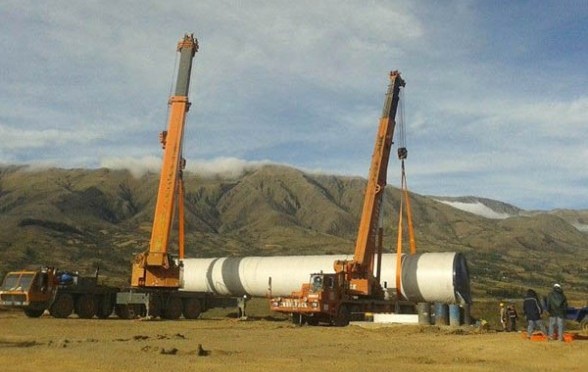
The role of energy storage in Bolivia’s energy transition is a crucial factor in the country’s efforts to shift towards a more sustainable and environmentally friendly energy landscape. As Bolivia aims to increase its reliance on renewable energy sources, such as solar and wind power, the need for efficient and reliable energy storage solutions becomes increasingly important. This is due to the intermittent nature of renewable energy generation, which can lead to fluctuations in the power supply and potentially destabilize the grid. Energy storage systems can help to mitigate these issues by storing excess energy generated during periods of high production and releasing it during periods of low production or high demand.
One of the primary drivers behind Bolivia’s push for renewable energy is the country’s commitment to reducing its greenhouse gas emissions and combating climate change. As a signatory to the Paris Agreement, Bolivia has pledged to reduce its carbon emissions by 20% by 2030, compared to 2010 levels. To achieve this goal, the Bolivian government has set ambitious targets for renewable energy generation, aiming to generate 74% of the country’s electricity from renewable sources by 2025. This represents a significant increase from the current levels, with renewable energy accounting for approximately 39% of Bolivia’s electricity generation in 2019.
In order to meet these targets, Bolivia has been investing heavily in renewable energy projects, particularly in the solar and wind sectors. The country has vast potential for solar power generation, with an average solar irradiation of 5.4 kWh/m2 per day, making it one of the most promising locations for solar energy in South America. In addition, Bolivia’s mountainous terrain and high wind speeds make it an ideal location for wind power generation. Several large-scale solar and wind projects are currently under development, with the aim of significantly increasing Bolivia’s renewable energy capacity in the coming years.
However, the rapid expansion of renewable energy generation also presents challenges for Bolivia’s power grid. The intermittent nature of solar and wind power can lead to fluctuations in the power supply, which can strain the grid and potentially lead to blackouts or other disruptions. This is where energy storage solutions come into play, as they can help to stabilize the grid by storing excess energy generated during periods of high production and releasing it during periods of low production or high demand.
There are several types of energy storage technologies that can be employed to support Bolivia’s energy transition, including batteries, pumped hydro storage, and thermal energy storage. Each of these technologies has its own advantages and disadvantages, and the choice of which to use will depend on factors such as the specific requirements of the power grid, the available resources, and the costs involved.
Battery storage is perhaps the most well-known energy storage technology and has seen significant advancements in recent years, particularly in the field of lithium-ion batteries. These batteries offer high energy density, fast charging and discharging times, and a long cycle life, making them an attractive option for grid-scale energy storage. Bolivia is well-positioned to take advantage of this technology, as the country is home to one of the world’s largest lithium reserves, which could potentially be used to produce batteries for energy storage.
Pumped hydro storage and thermal energy storage are other potential options for Bolivia’s energy storage needs. Pumped hydro storage involves pumping water uphill to a reservoir during periods of low demand and releasing it to generate electricity during periods of high demand. This technology has been used for decades and offers a reliable and efficient means of storing large amounts of energy. Thermal energy storage, on the other hand, involves storing energy in the form of heat, which can be converted back into electricity when needed. This technology is particularly well-suited to solar power plants, as it can store excess heat generated during the day and release it at night when the sun is not shining.
In conclusion, energy storage solutions will play a critical role in Bolivia’s transition to renewable energy, helping to stabilize the grid and ensure a reliable power supply as the country increases its reliance on solar and wind power. By investing in the development and deployment of energy storage technologies, Bolivia can not only meet its ambitious renewable energy targets but also contribute to global efforts to combat climate change and create a more sustainable future.